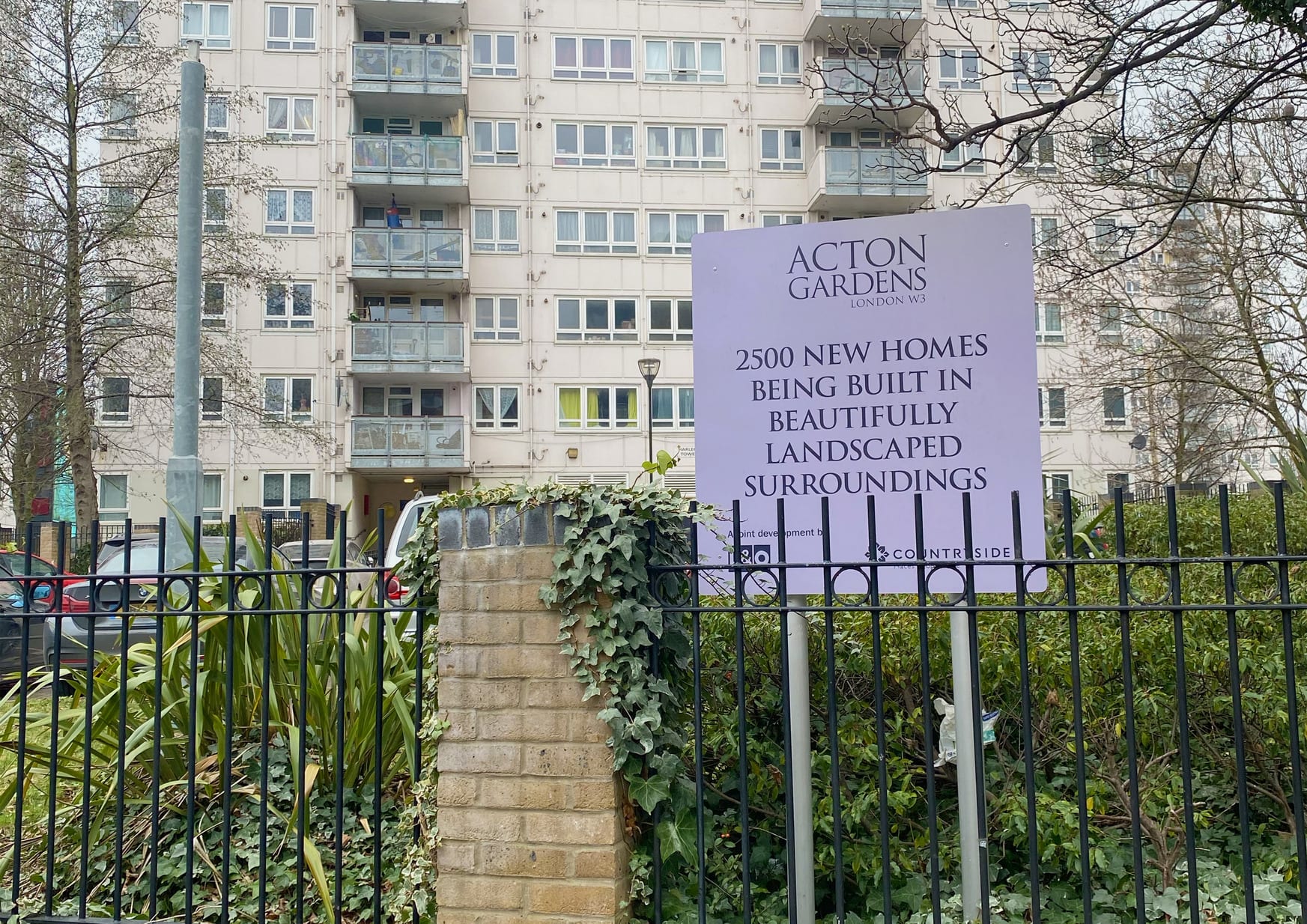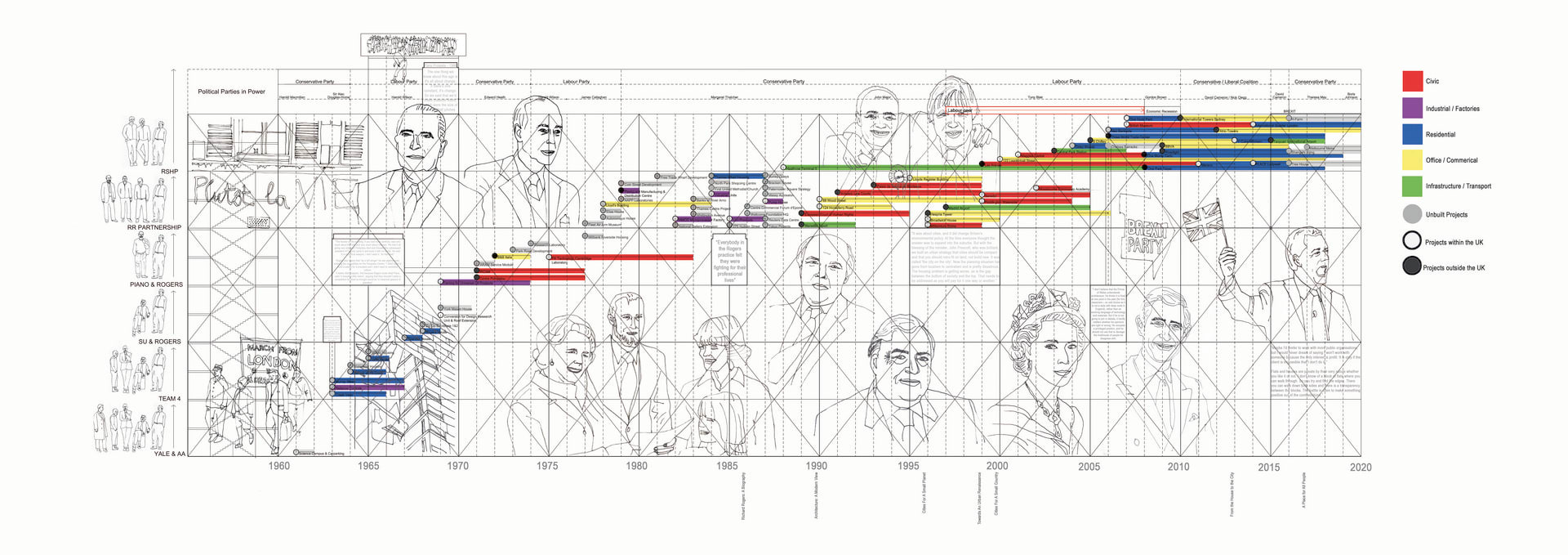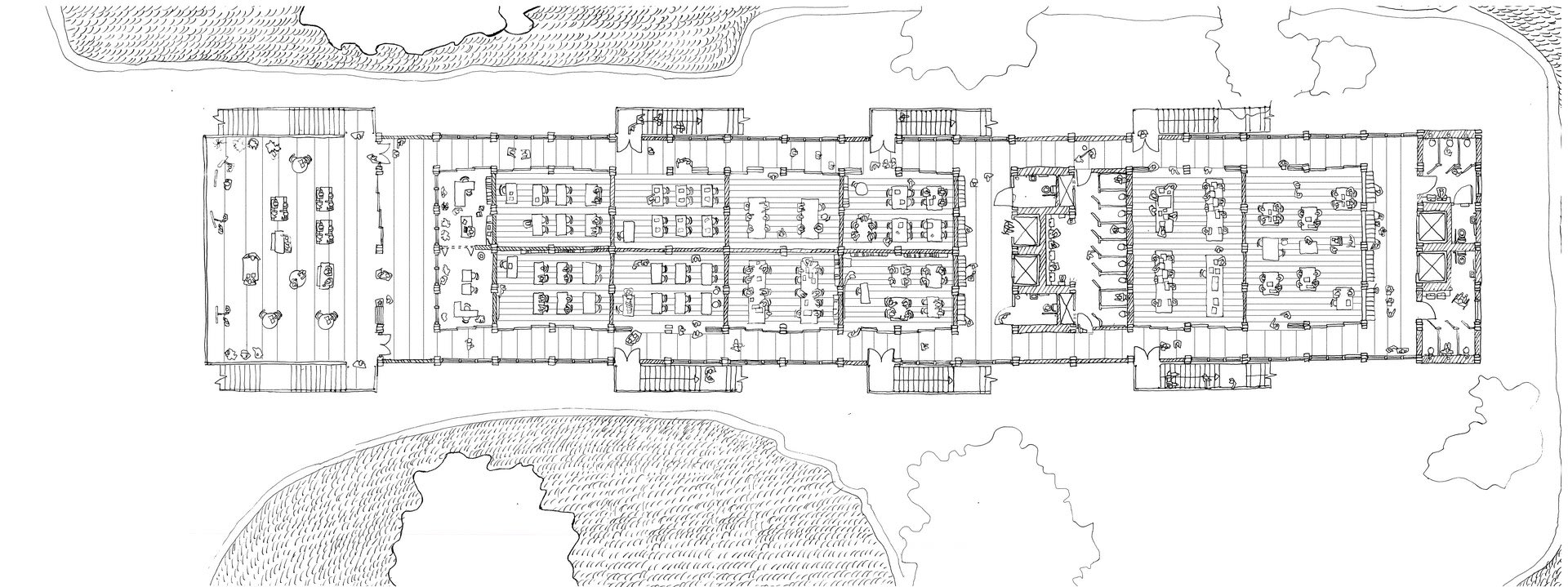I have spent my time whilst at the RCA researching and situating my projects within the socially and politically tense sites of housing estates in London. In 2020 I was awarded the RIBA West London Award for the project “(Re)Occupying the Heygate Estate” which aims to disrupt cyclical regeneration processes occurring since the 1900s, by identifying and recovering the richness of what existed before.
The projects have materialised through the mediums of writing, video and hand drawing. Within these three methods a variety of experiences can be represented, evident within the dissertation project which explores the process of writing and particularly plurivocity, as a method of preservation of lost sites. Hand drawing allows for a familiarity and intimacy between illustrator and subject, which was integral when exploring demolished sites, and sites of significant history. Video and mixed media has also been a powerful tool in allowing those who have experienced the subjects explored, to speak for themselves and ground the project within current and historical affairs.
I would be interested in continuing to explore how in-depth research into sites, preservation and a consistent awareness of society and humans role in architecture can assist my practice in the future.














